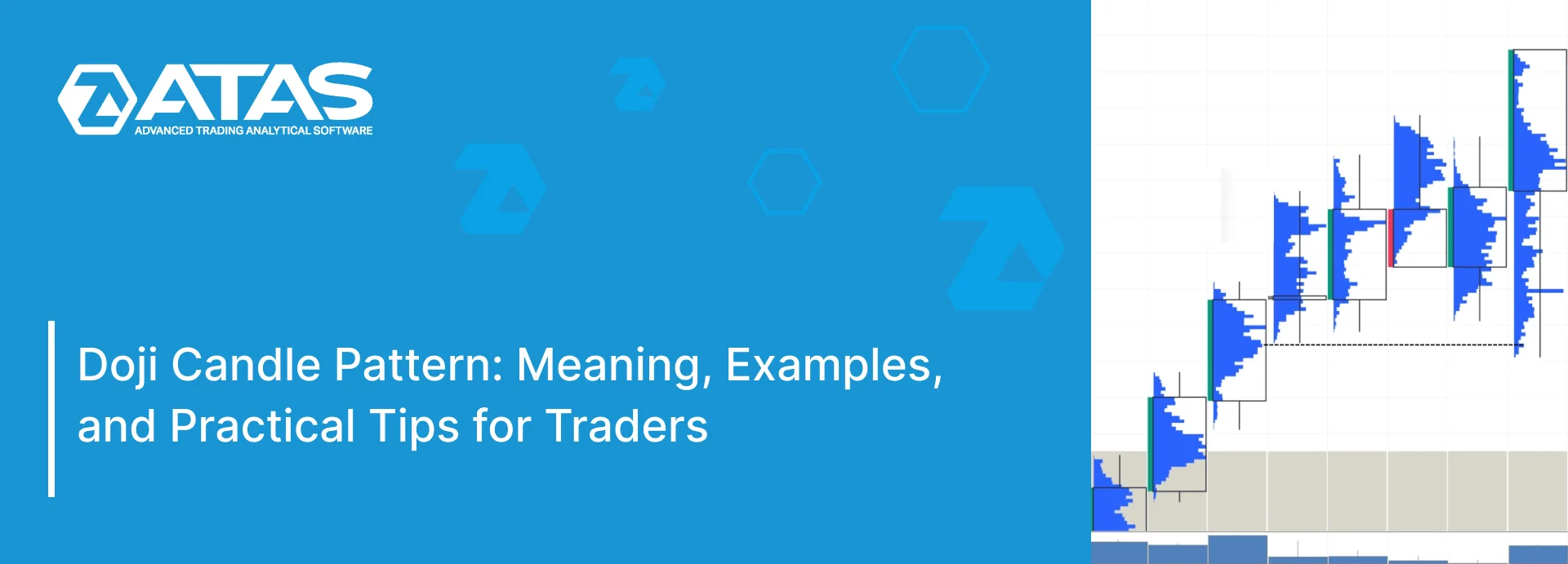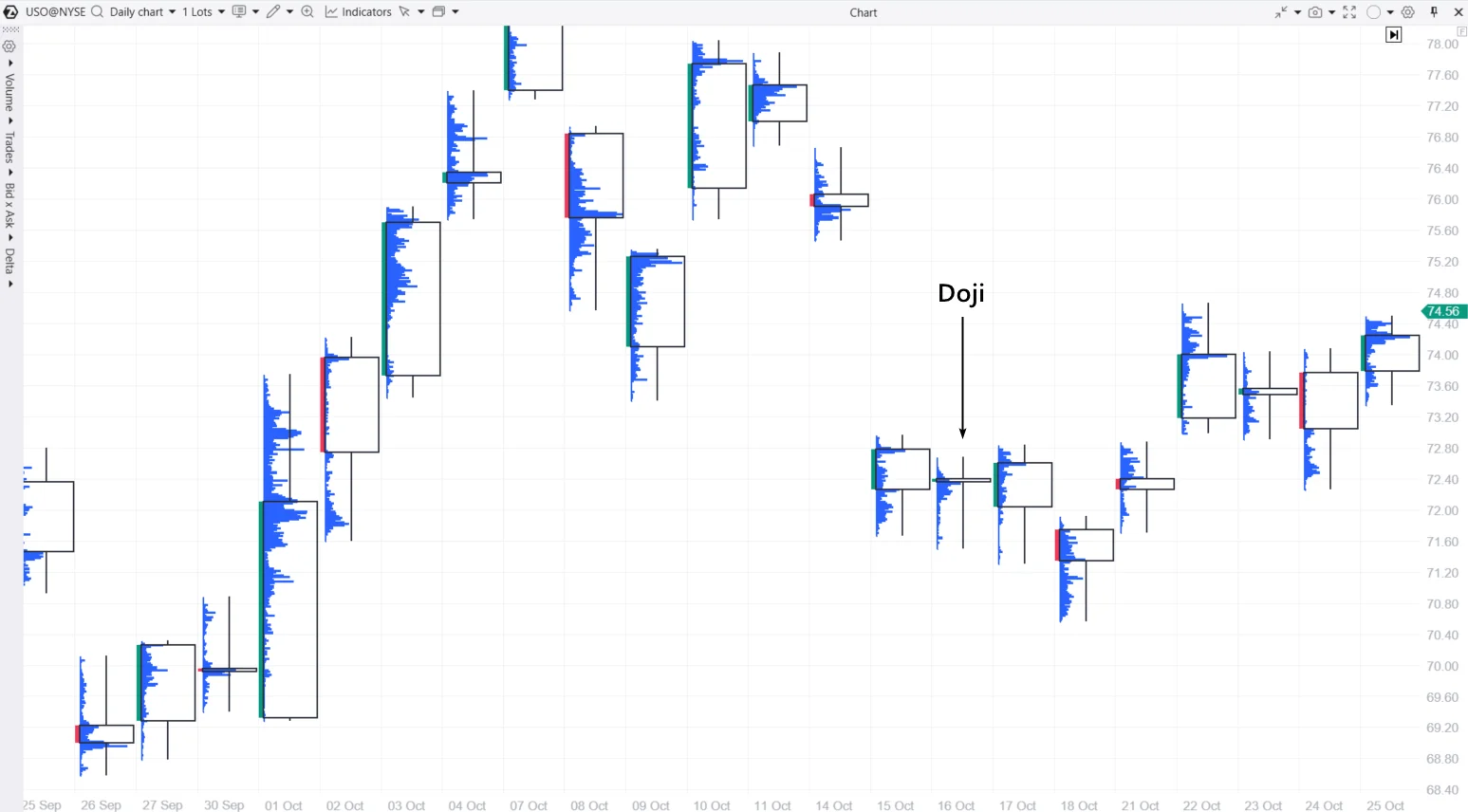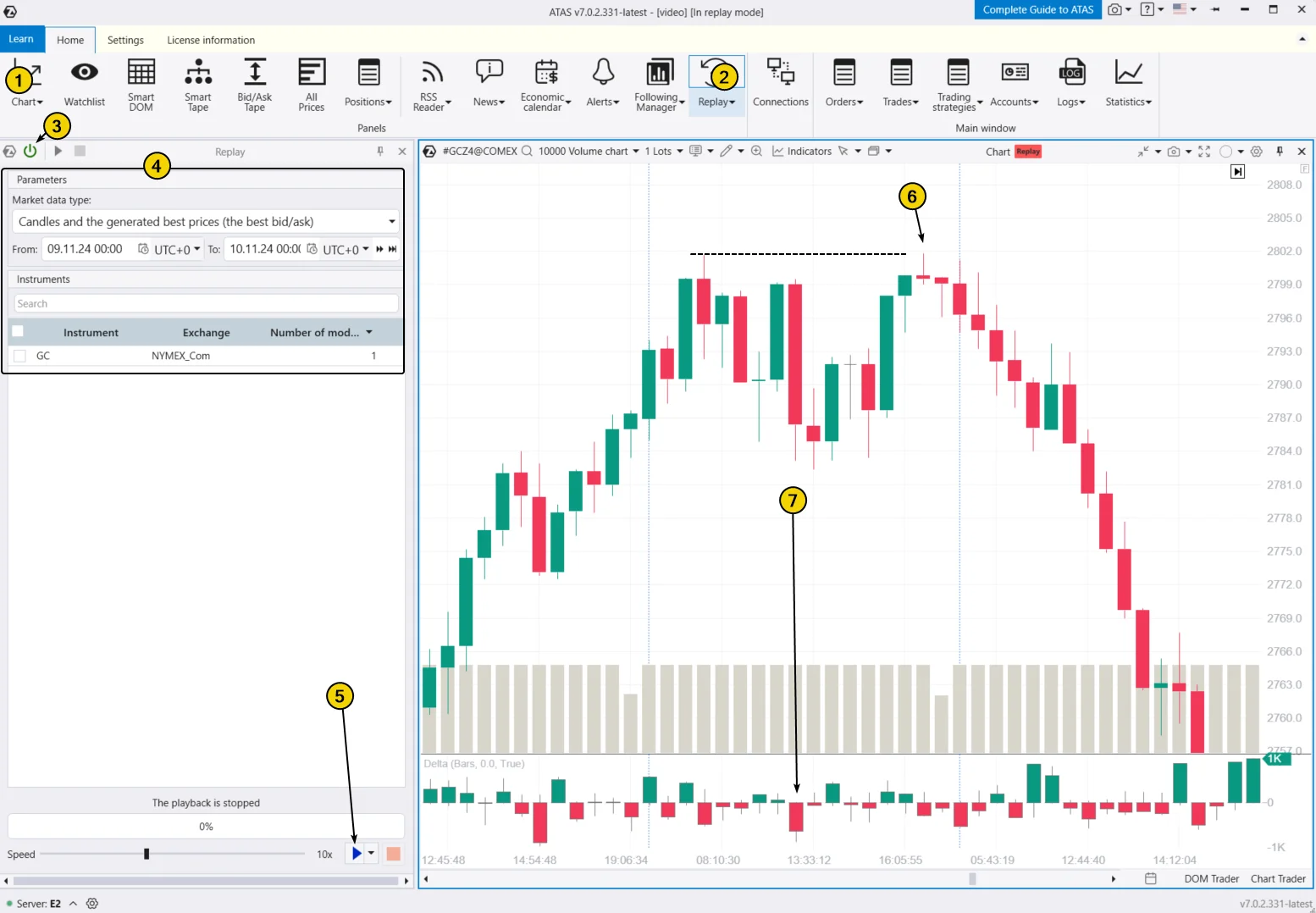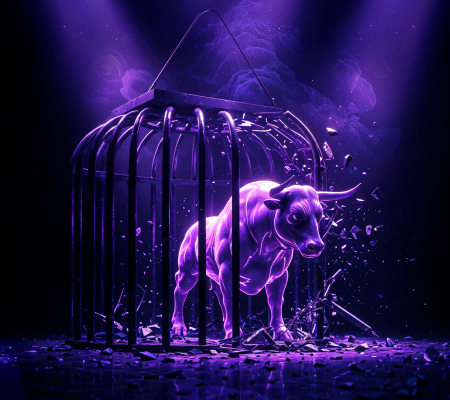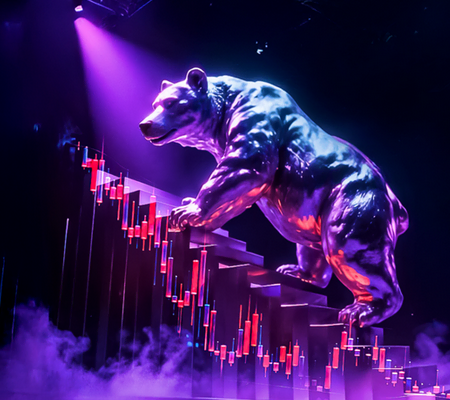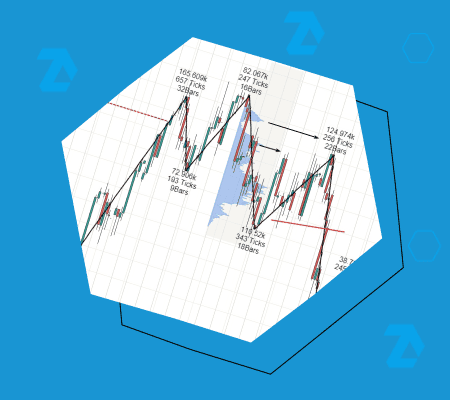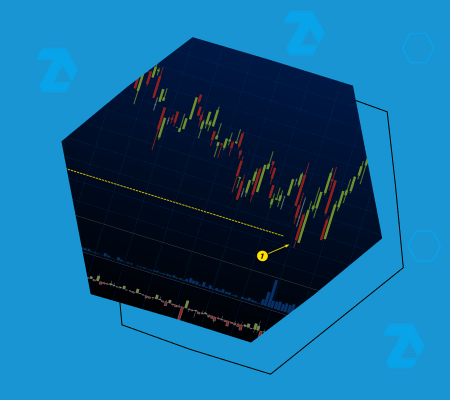Each type has its own interpretation:
1. Dragonfly doji candle — this type of doji has the open, high, and close prices all at roughly the same level. It can signal a potential reversal to the upside after a downtrend, especially if the following candlestick closes above the body of the Dragonfly Doji.
2. Gravestone doji candle — this candlestick has the open and close near the low. It can indicate a potential reversal to the downside in an uptrend, particularly if the next candlestick closes below the body of the Gravestone Doji.
3. Four-price doji candle — this candlestick forms when the open, close, high, and low prices are either identical or nearly the same, signaling no price movement during the trading period. This often reflects extreme uncertainty or other unusual market conditions.
4. Standard doji candle — the classic doji candlestick, characterized by a small body. It typically appears during periods of low volatility and may indicate a pause in the current trend, market anticipation of significant news, or other factors.
5. Long-legged doji candle — this candlestick features long shadows, indicating significant price swings during the trading session but no clear advantage for buyers or sellers by the close. It often appears during times of heightened market uncertainty, following major news releases.

